Program
I created the models for my vessels using the following Grasshopper program.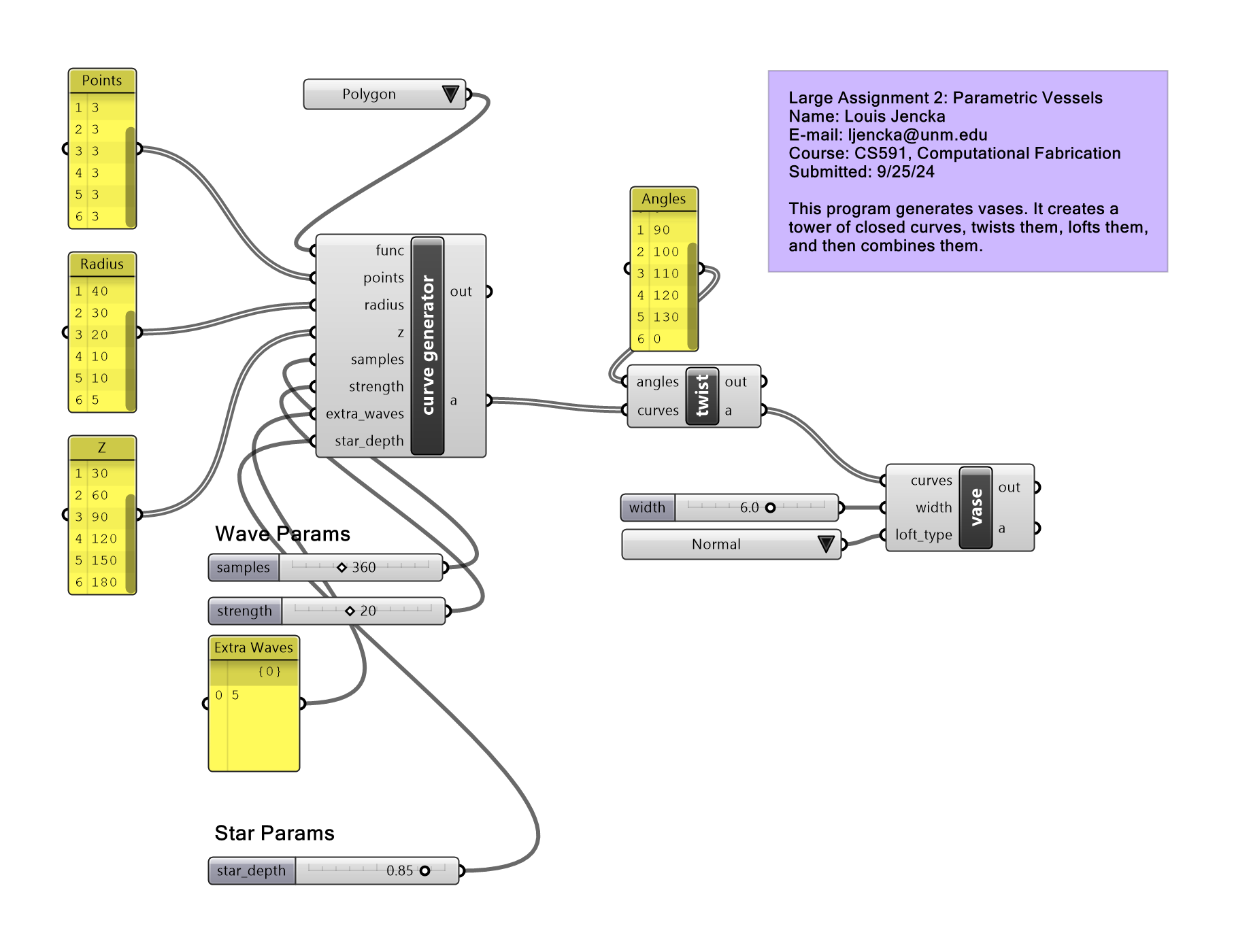
The main inputs to my program are the three lists on the left side: one of curve complexities, one of curve radii, and one for z offsets. It will generate a curve, using the function chosen at the top — either simple polygons, stars, or sinusoidal waves. The later two have additional options, located at the bottom of the page.
There is a “twisting” step, which rotates each curve using a supplied angle. And finally, the last step produces a vase by lofting two surfaces, truncating the interior, and subtracting them.512
Design Process
With my Grasshopper program, I worked on creating three shapes, each one using a different curve function (simple polygon, sinusoidal waves, and stars). For each shape I began by playing with the parameters, and would search for an appealing direction to work in. After I found a direction to work in, I further modified the parameters to refine my shape. When I was happy with my design, I exported it as a 3MF file, and began work on slicing and printing via Cura.
Parametric Design
This design process is very cool! This programmatic workspace allows me to iterate and refine my work much more quickly than I could with a physical material. And also, importantly, it makes the ordering of work less important! Decisions that I make early on can be revisited and changed, without needing to redo all of the following work.
A disadvantage however, is that it takes care and effort to describe via coding what you want to happen. This imposed distance between yourself and the end shape is a little frustrating; poking a hole in a clay vessel is intuitive (even though it takes skill to do well), but tricky to precisely place a hole in a lofted closed polysurface!
Creative Intent
While developing my Grasshopper program, I decided to create a vessel using each of its curve functions. I put together my first vessel using the sine-wave function. I wanted to produce interference patterns in this vase, by combining multiple sine waves per curve. I thought these patterns could give it an organic look.
For my second vase, I found that the star function could create a very pleasing grooved texture. I made a round vessel which twists at both ends to emphasize these groves.
While experimenting with the polygon-curve function, I settled on creating a vase with a smoother surface than the other two. Its component curves are all triangles, which successively rotate to form a corkscrew shape that tapers to a sharp peak.
Vessels
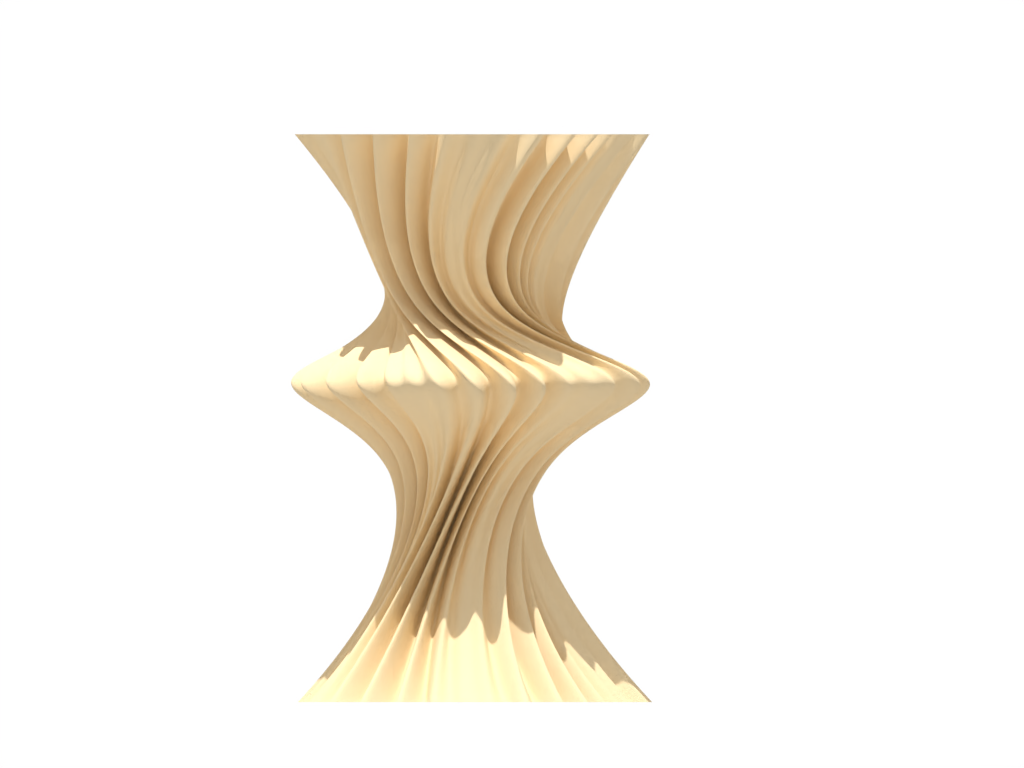
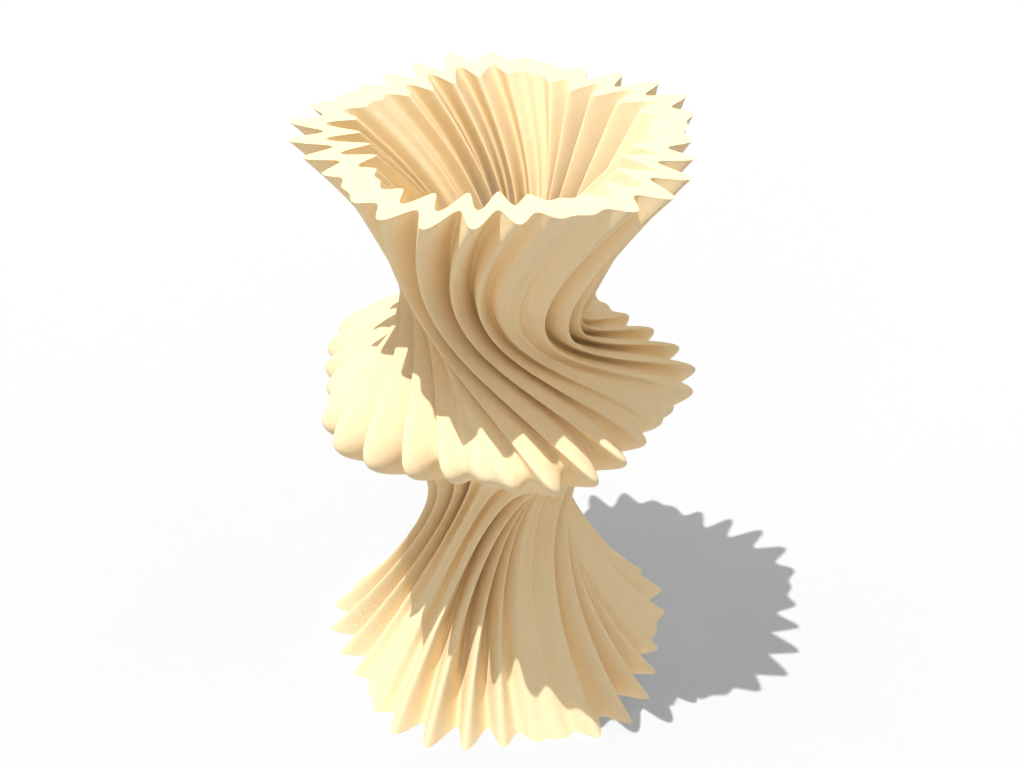
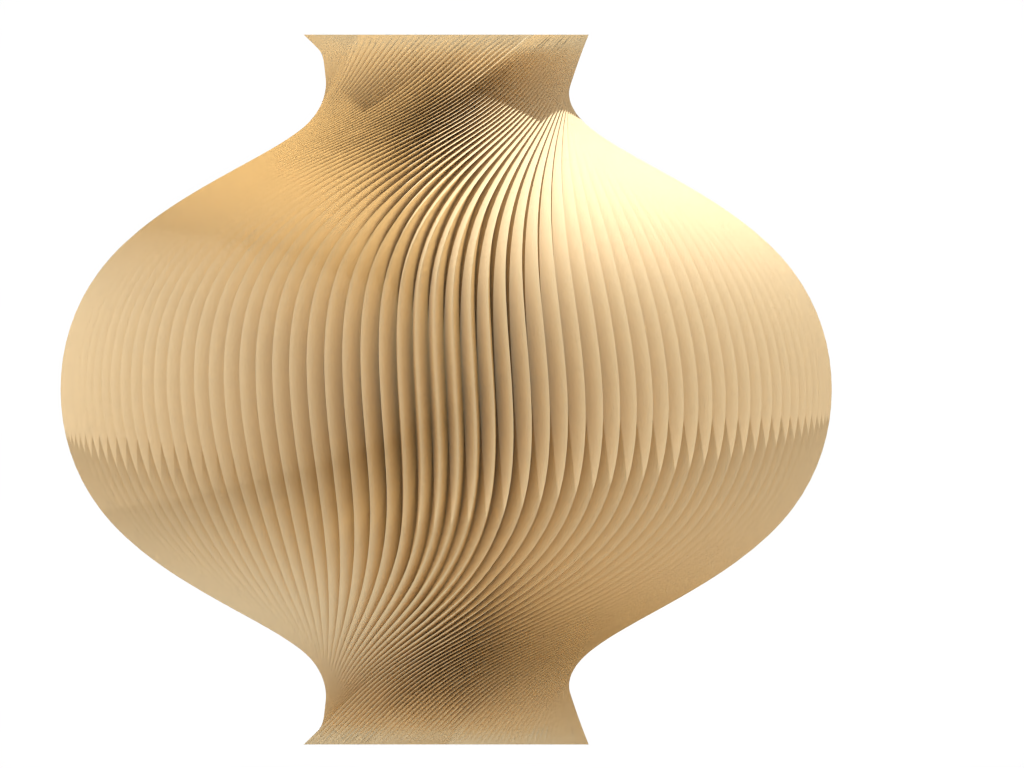
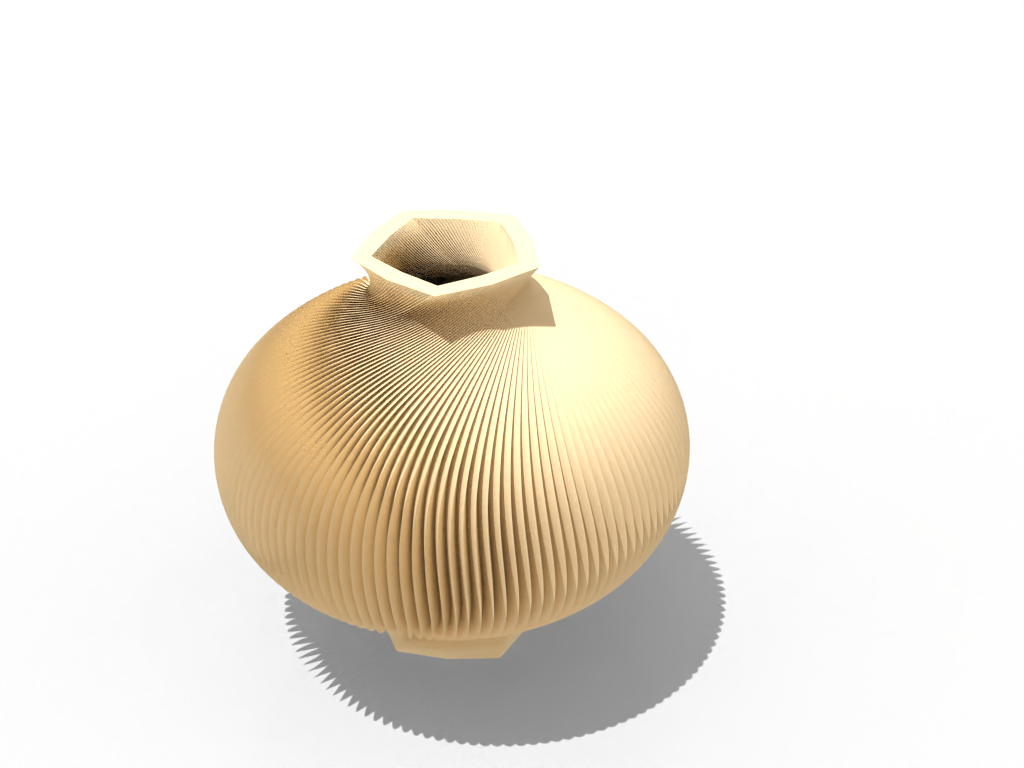
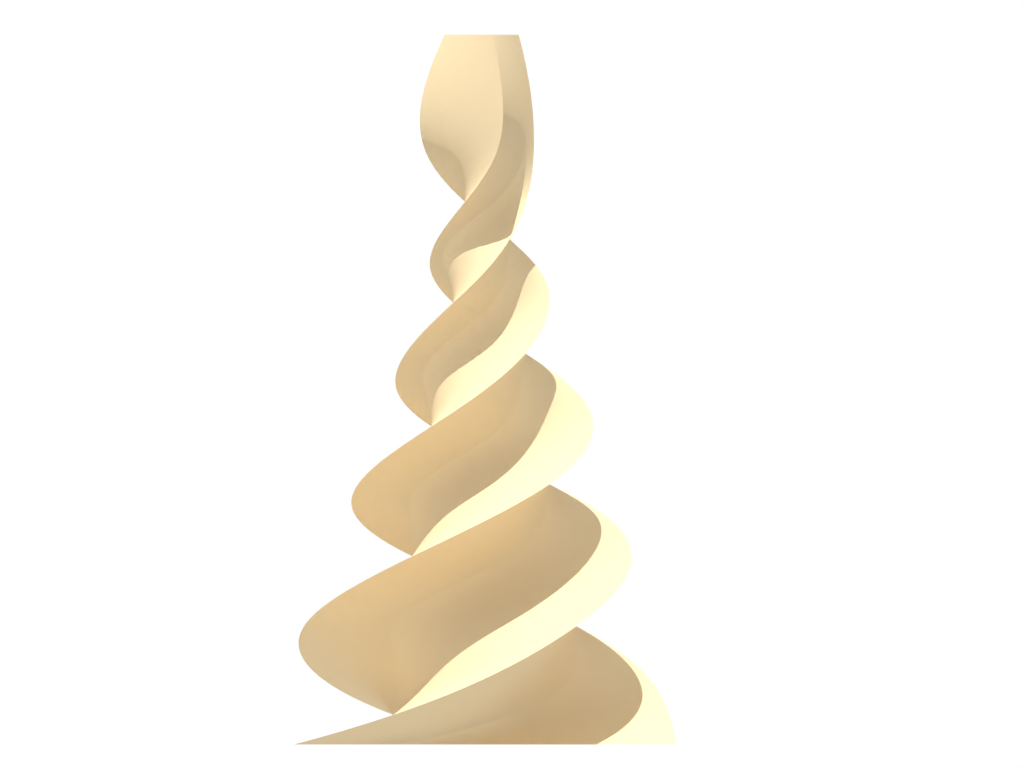
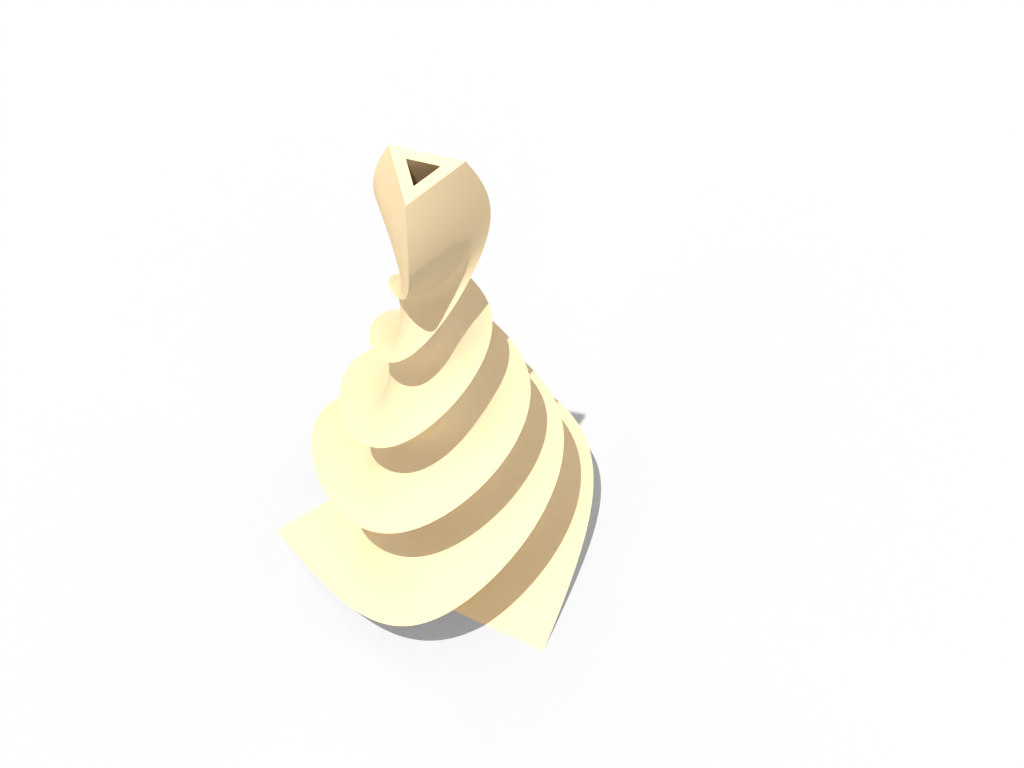
Printing
This printing was challenging in a few ways.
- Part ways into my first print, I found that there was a section with small holes and jagged edges. This turned out to be a conflict between my mesh and the slicer, where the tight twist produced thin walls and other features that Cura couldn’t preserve. I mitigated this by increasing the thickness of my vase’s walls in GH, but later discovered that this might have been possible to address in Cura by setting the “Slicing Tolerance” option to “Inclusive”.
- Small ridges in my first print were very misaligned between layers. Following some advice I found online, I tried adding weight to my desk to dampen vibrations from the printer — this significantly improved the quality of my prints!
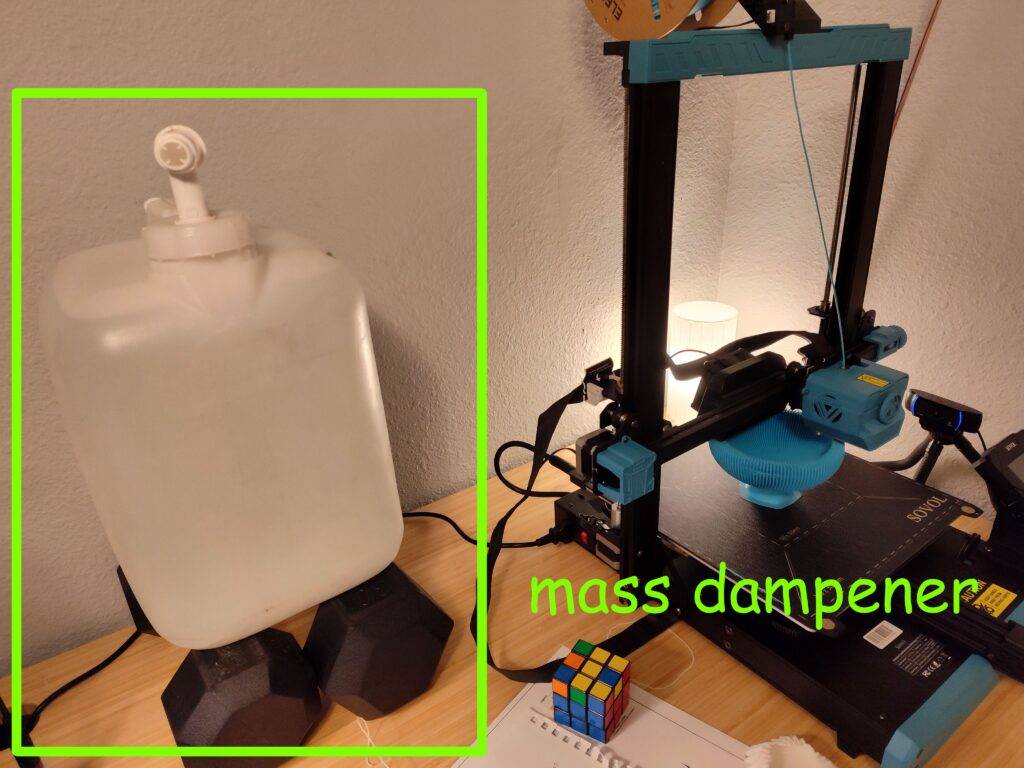
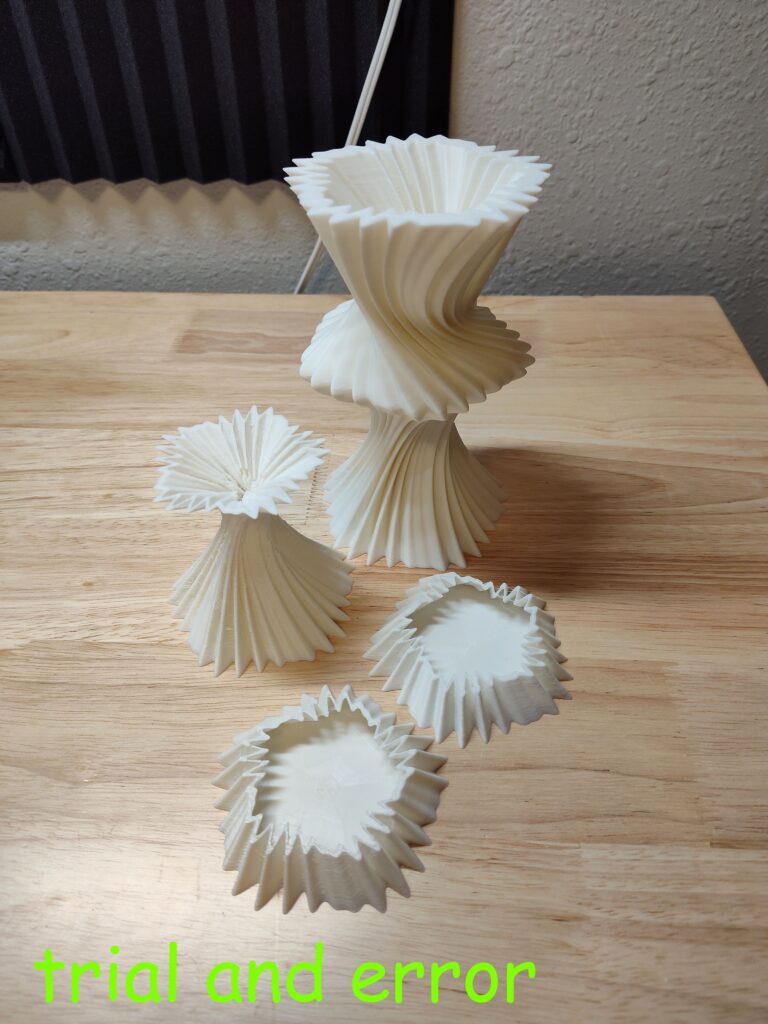
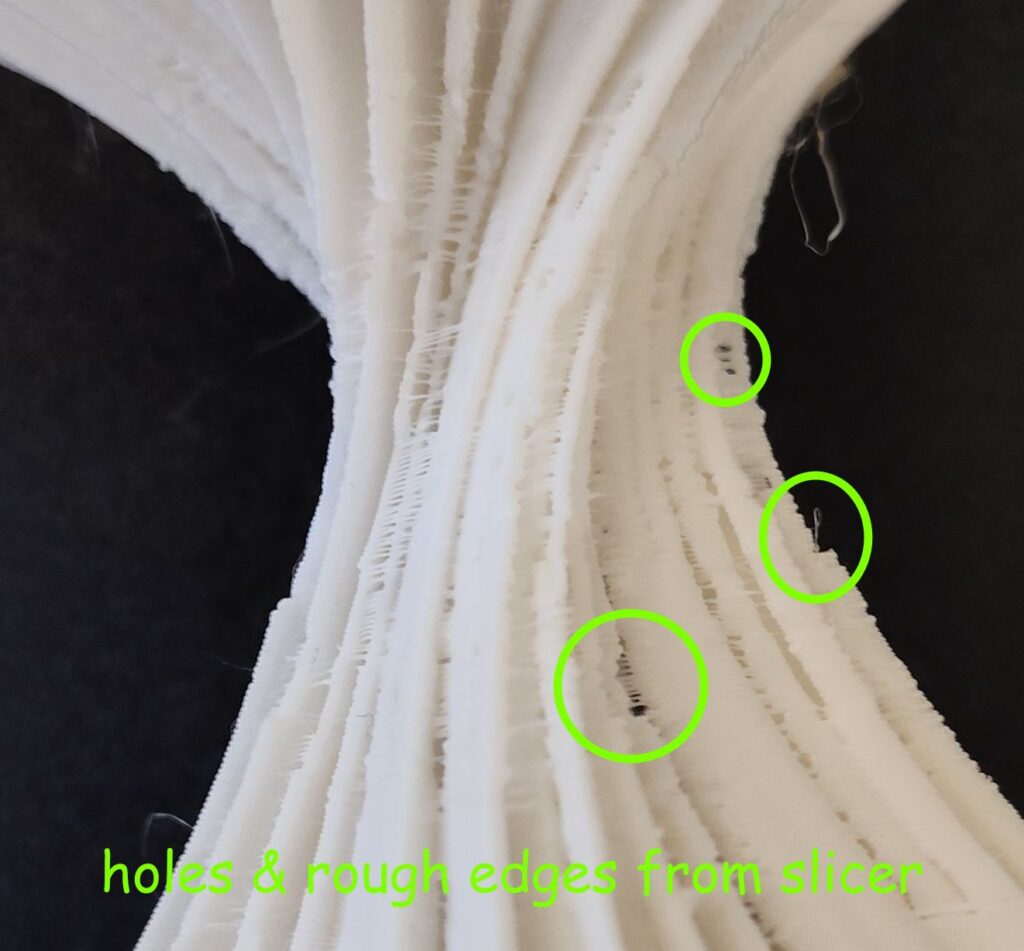
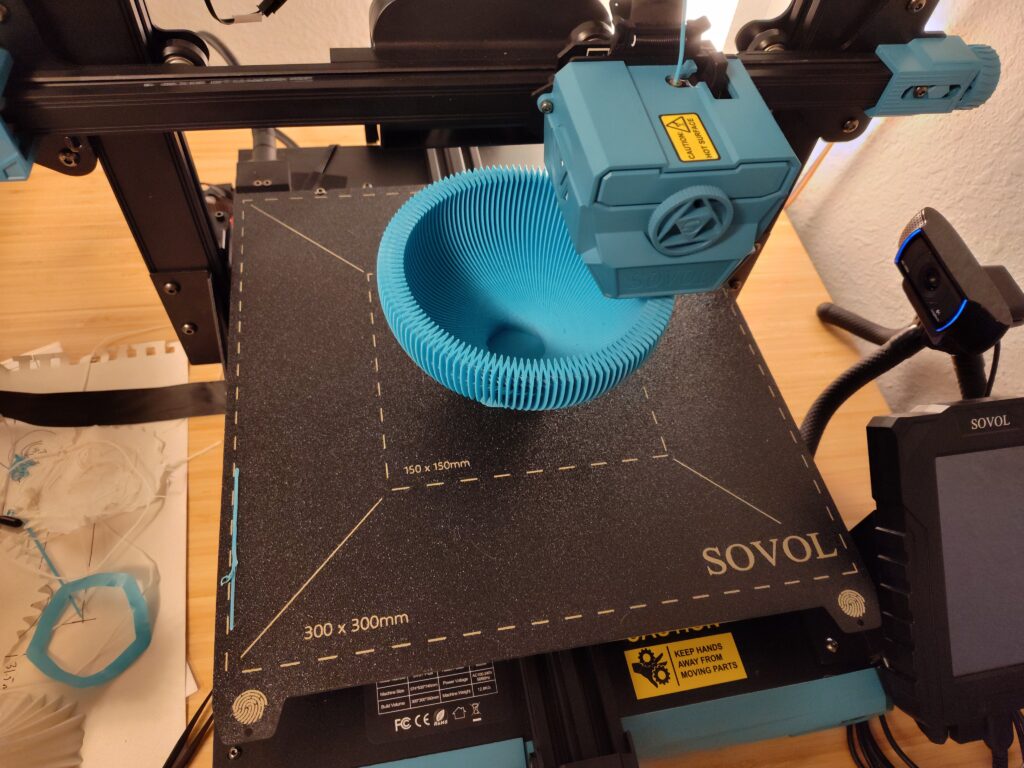
Final Prints
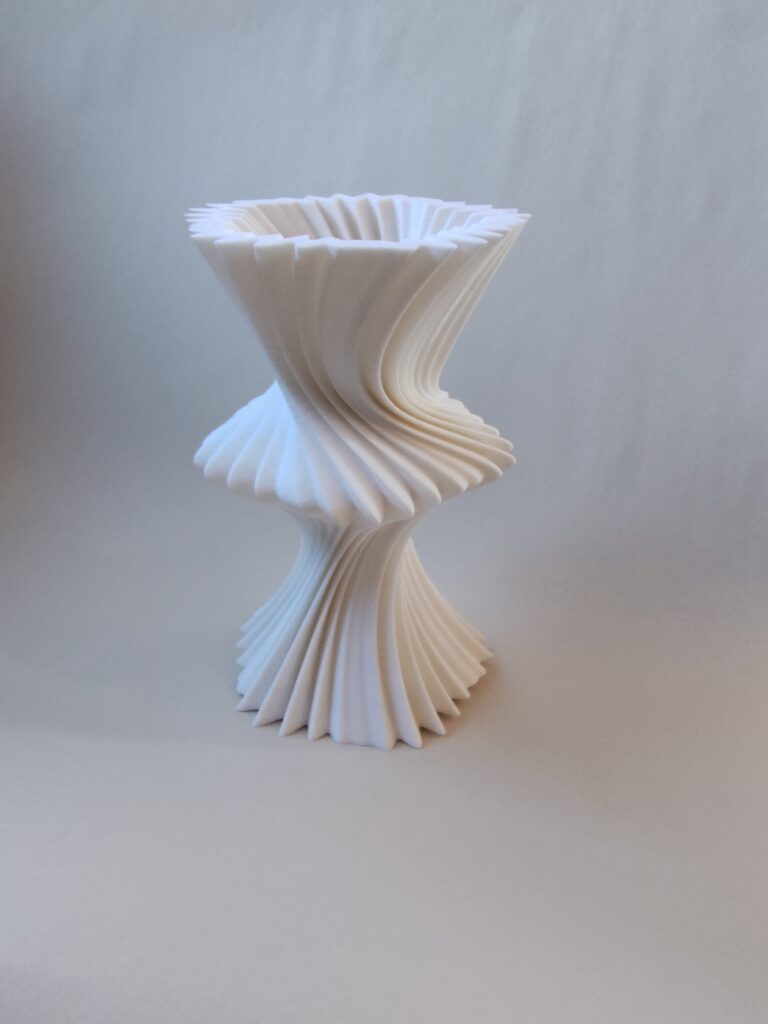


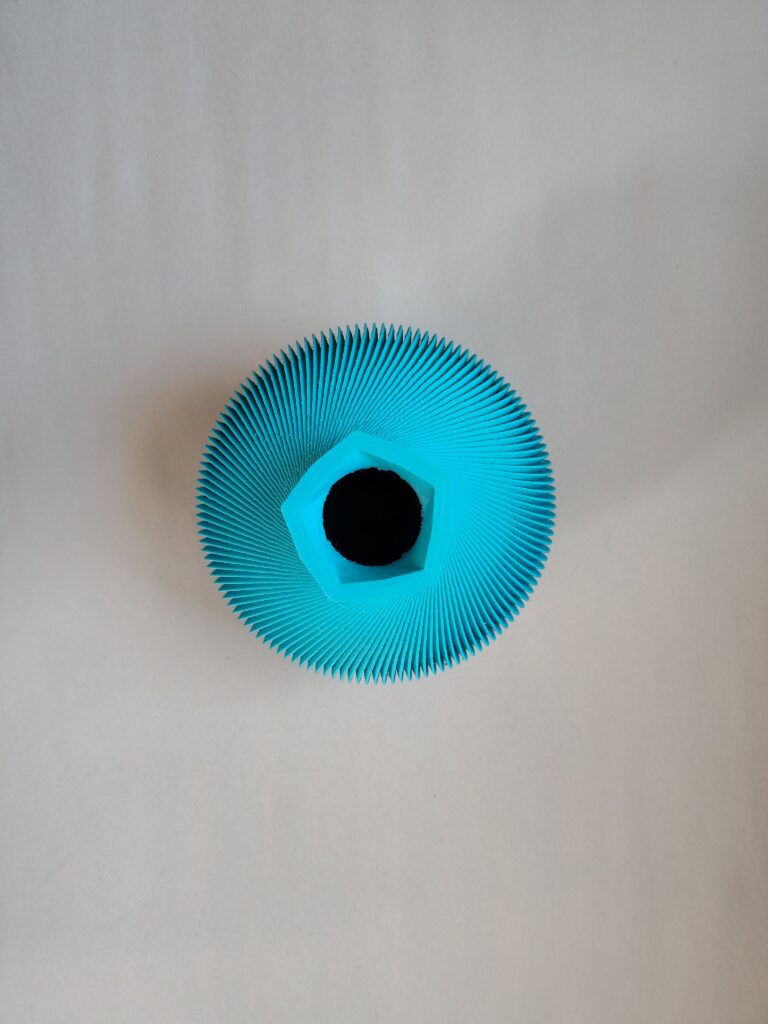
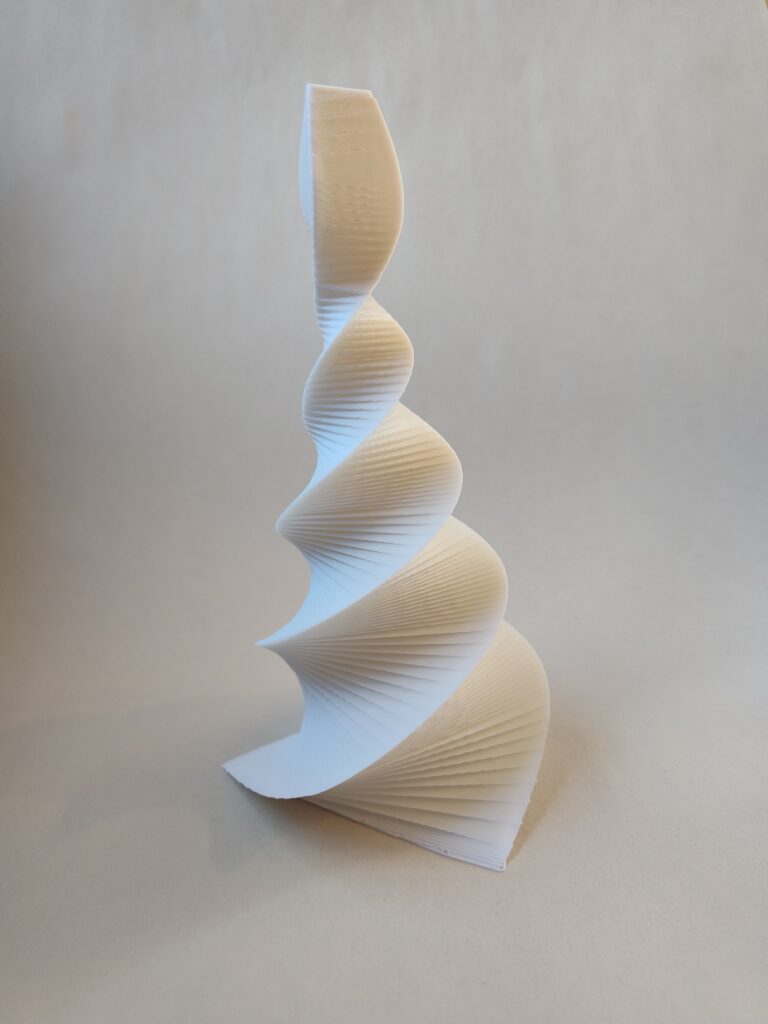
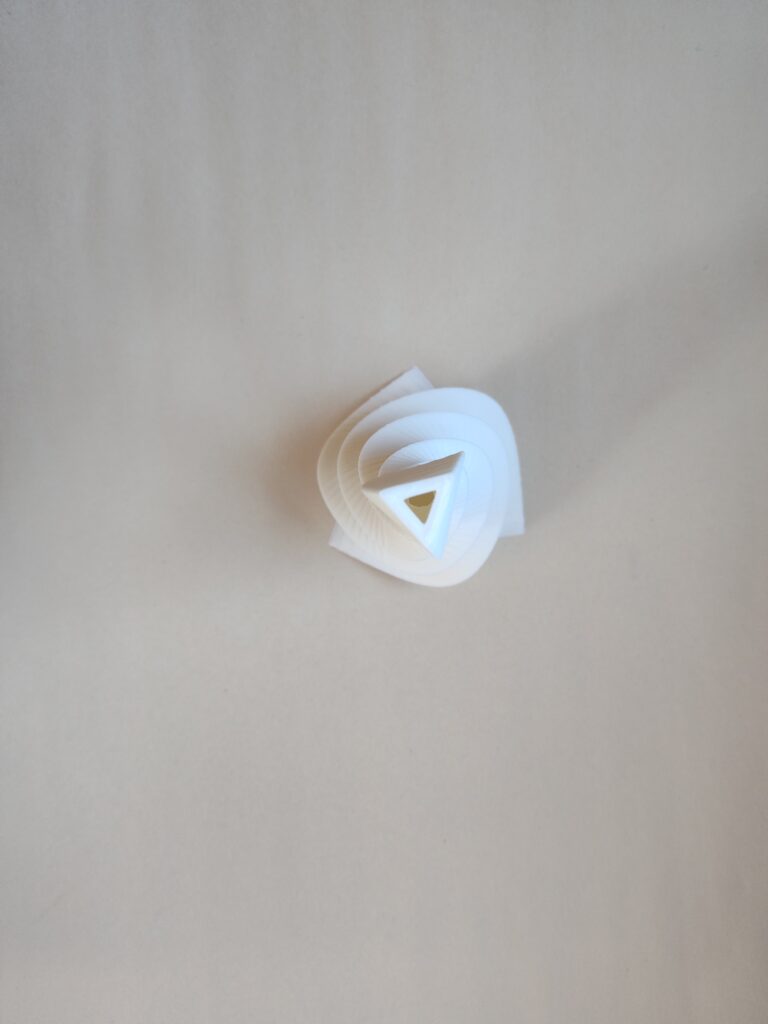
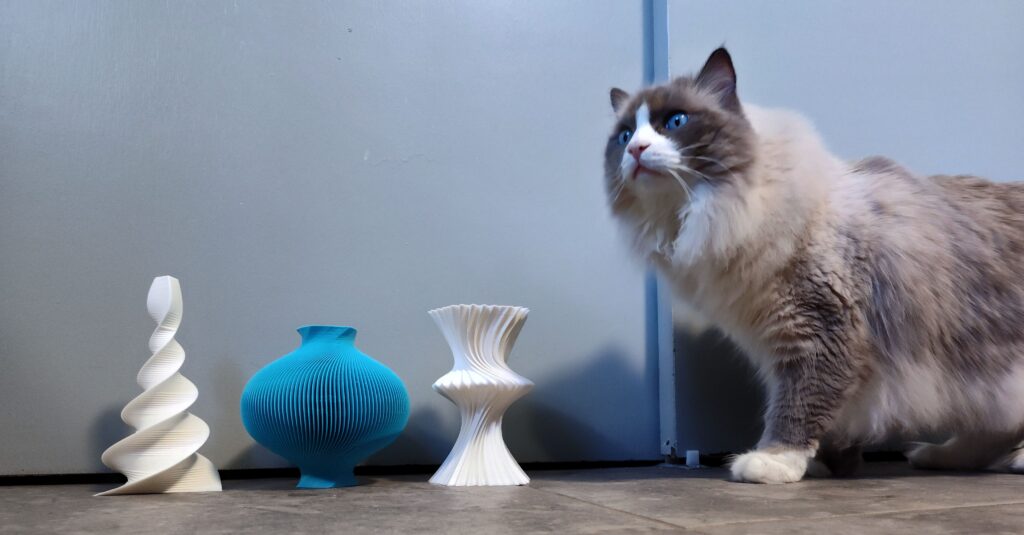
Hi Louis, I think your three vessels came out looking cool, and they all are very distinct from each other too. I especially like the one you printed in the blue color, and it reminds me a bit of one of those paper lamps that can be hung from the ceiling. I also agree with your point on how this type of process is nice because you can change something without starting completely over like with a physical medium.
Thanks! I like that the blue vase reminded you of those paper lamps; I’ve been thinking about what to do these prints, and have been toying with hanging them from the ceiling upside down haha.
Hi Louis ,
Love how the blue vessel came out! The ridges along the curve remind me of a coffee filter but more tightly compacted. It also looks like there was a slight twist added to it or did the object just natural come out like that? I agree that with a programatic approach it’s easier to make changes down the road without starting from scratch. I’m curious to see the code you used to create the spiral vessel. Also your cat in the final image was perfect.
Thanks! You’re right — I twisted the ends of the model a bit in grasshopper. It came out more subtle-looking than I intended, but I think I like it. I’ve uploaded a screenshot of program parameters here (https://handandmachine.org/classes/computational_fabrication/wp-content/uploads/2024/09/vase_2-1.png) if you’re curious.
Hey Louis, these are some very beautiful prints! I love the way the blue one in particular looks, it reminds me of an ocean creature in a coral reef. Thats interesting to hear about the vibration complication, and good to know about adding the weights. Interesting how a small change like that can really affect your outcome! Since your vessels seem large, how long did they take to print?
Thank you! Haha, yeah my only real regret with these vessels is that they took a looong time to print. The blue one took over 14 hours to print! The sine-wave one was a bit faster, at 11hr; and the corkscrew vase was pretty fast at 4hr, but I guess it didn’t have much surface detail.
Hey louis,
I love your vessels and the cat. I think its amazing that all your vessels came out looking complety different but were made by the same code. My favorit is the blue one maybe just because of the fillment. I think your crazy to not print that with supports. If you moved the 3d printer to the floor do you think the prints would come out better then on the desk or is it like an inertia thing?
Thanks! I’m pretty sure that my vessels got cat hair in them during the printing process, so they’re sorta relatives now IMO.
I think your suggestion about putting the printer on the floor would work pretty well! I’ll give a try next time and lyk how it turns out.
Hello Louis,
First of all, I absolutely love the image you took with your prints alongside your cat. That is absolutely adorable and such a cool image aesthetic and color wise as well. I really love how your designs came out. I especially really like the blue vase in the center , I really like the outward shape of this vase and I think the textured and swirled lined sides look so cool aesthetically. That twisting swirl design of your other vessels looks so clean as well and I am very curious to how you implemented these to have such a clean and well defined look , as this is something I personally struggled with. I also can really appreciate the struggles that you had having to do multiple prints in order to get the print quality you needed. It is really cool how you found some creative ways to address theses issues as well. Great work!!
Thanks Ian! My cat Sam is very photogenic, in a sorta startled-looking way I think haha.
Something I stumbled onto, which I think helped me get a cleaner look, is the “loft_type” argument for the grasshopper loft command. I set it to “tight” for all of these vases, which made it adhere more closely to the shapes of the curves. It produced a noticeable improvement imo when my vessels had high amount of twist from one curve to the next.
Reading the other comments it seems this is a popular opinion, but I thought your blue vessel was really cool. I loved the texture and the color choice! I will also be stealing your idea to use text boxes rather than sliders for your parameters as it makes the grasshopper code look much cleaner and easier to manipulate. Great project and featured cat picture!